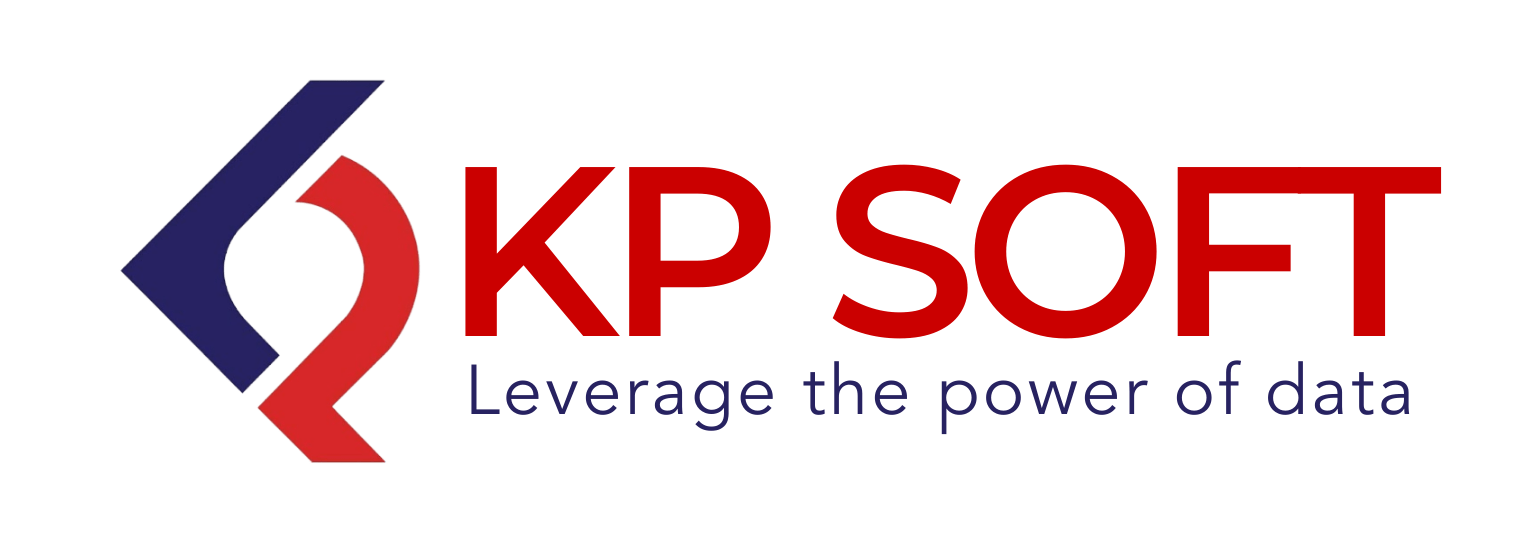
- January 14, 2022
- Deepika Parate
- 0
Introduction
Automation is the process of transforming manual, time-consuming and costly business activities to become streamlined, cost effective and typically without human interaction. While automation reduced the overall cost of repetitive tasks, deployment of changes to these tasks still remained an expensive ordeal. Intelligent automation is the process of achieving transformation incorporating decision making capability into automation using smarter approaches and dynamic business rules that can be fine-tuned by human subject expert interaction. Technology landscape has evolved rapidly with a wide variety of choices that enterprise can choose from in order implement their smarter automation. While we expect change to always be accompanied by challenges, the writing on the wall that intelligent automation should increasingly be adopted in the enterprise, co-partnered by subject matter experts from the business. This is the workplace of the future. The question is, how will enterprises position themselves in the next phase of the enterprise transformation. Please contact us at sales@thekpsoft.com for additional information.
Technology Choices
Before finalizing on how to make your processes automated and smarter that can adjust to changing inputs, it is a good idea to see what is available and mature in the industry today. Please note that most of these technologies are available on the cloud and enterprises need to write very little or no code in order to incorporate these technologies into your business flows.
- Business Process Automation Services: Technology enabled automation of a business process aimed at capturing key performance indicators and metrics while the process is implemented. In BPM services, typically subject expert or business users input is needed either in the beginning or at multiple junctures in the process.
- Integration Services: Service bus or API gateway technologies involve tools and techniques where various micro interoperable services are deployed that can be choreographed into chains of business services that are almost completely automated. Services themselves can be implemented anywhere but the execution or choreography is implemented on the integration service tooling.
- Robotic Process Automation Services: While BPA services are holistic in nature on the way the services are conceived from a business standpoint, RPA services focus on smaller branches that are part of trees/flows of business services. These branches are typically smaller and repetitive in nature and are typically selected to make them smarter using artificial intelligence techniques and algorithms. While they are smaller in nature and number of steps involved, individual steps/tasks themselves may need to react based on underlying data they are dealing with.
- Natural Language Processing Services: Natural language services are employed in sifting of data and deriving conclusions, sentiments, and predictions of various events among other things. Traditionally BI systems have always responded to SQL type structured queries and questions. NLP services are also employed to search through data and answer English language like questions.
- Advanced Natural Language Processing Services: Advanced natural language generation services are more sophisticated than RPA and Integration services mimic the analytic and authoring capabilities of a human analyst by automating processes that analyze and communicate insights gleaned from data. These systems are best at interpreting and generating information from data at scale,in language that is human sounding and insightful.
When firms combine the above-mentioned services and techniques, they can scale IA for a larger end-to-end transformation. You need structured data to efficiently deploy NLG within your firm. BPA/RPA provides the fix for this by aggregating the data from multiple systems into one, ready-to-write-about file. BPA/RPA provides additional value by triggering the Integration API (application program interface) calls that tells the NLG system what story to write. Because the system is likely configured for a variety of personas, audiences receive the information they care most about in a personalized manner, thereby increasing engagement. Once the story leaves the NLG system, RPA bots distribute it to readers by triggering email templates, sending text messages, and posting content on websites. The end result? An automated process on the higher end of the intelligence spectrum.
Business Transformation Initiatives
Typically, rapid prototype approaches are employed to explore and conduct feasibility study of employing intelligent automation. This is true where any emerging technology is involved. Few questions that can be asked for such a study:
- What is the scope of the repeating activity or process
- How may steps are involved, what are they.
- What systems already perform some of these steps and what emerging technologies/features are available within those systems natively or via upgrades
- How much time, and cost savings are anticipated/expected.
Below are our overall suggestions for incorporating intelligent automation into the enterprise:
- Identify a small set of use cases that would need to be automated
- Assemble the right team composed of subject experts from business and transformation technology specialists.
- Begin the design process and start prototyping.
